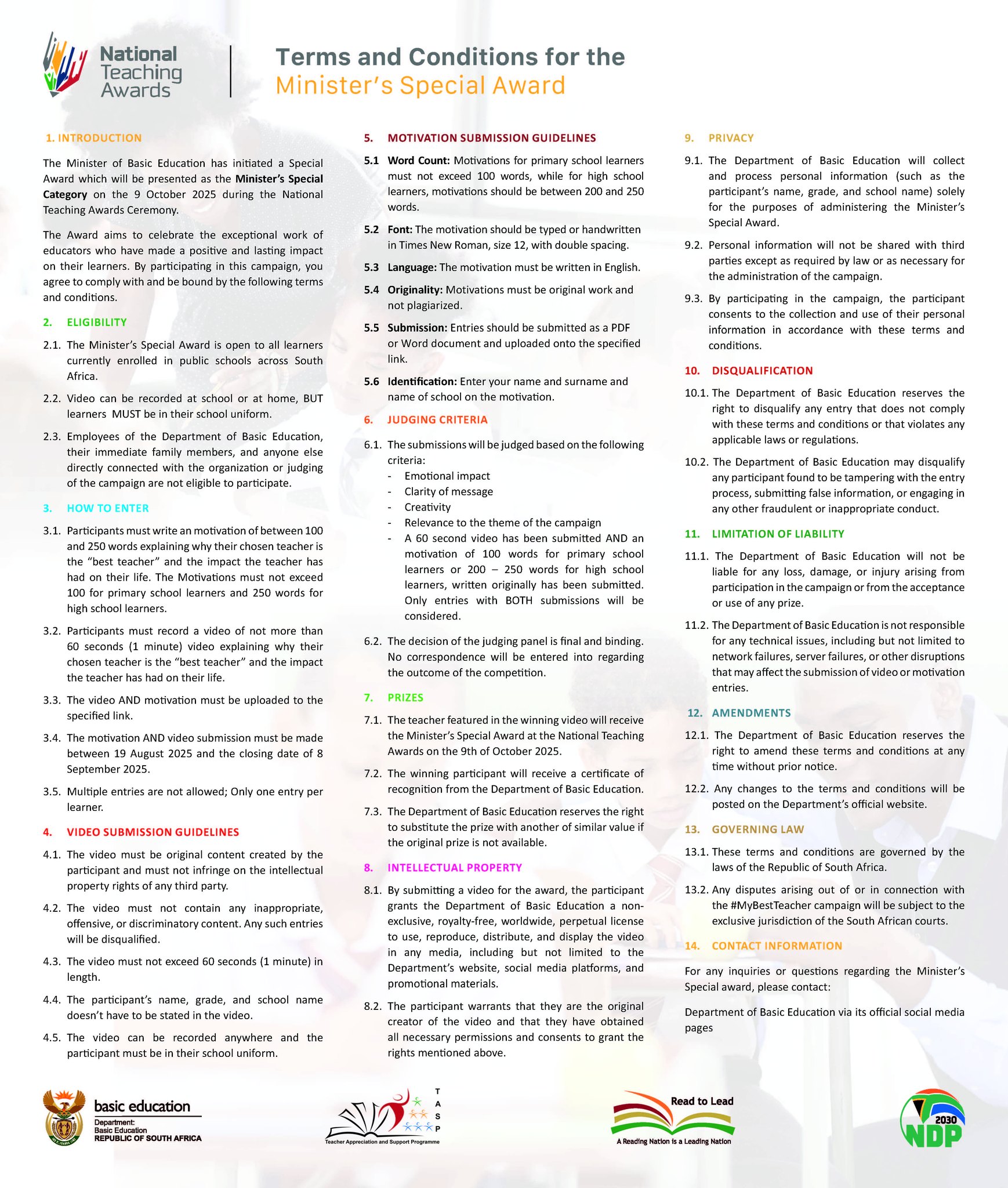Sexually transmitted infections (STIs) remain a significant public health challenge, with more than 30 different bacterial, viral and parasitic pathogens known to be sexually transmitted.
The STI Reference Laboratory at the Centre for HIV and STIs of the National Institute for Communicable Diseases (NICD), a division of the National Health Laboratory Service, has conducted aetiological surveillance of STIs at sentinel sites since 2005.
The primary objectives of this surveillance are to:
• monitor trends in aetiological causes of the main STI syndromes – male urethritis syndrome, vaginal discharge syndrome and genital ulcer disease;
• validate the recommended treatment algorithms and regimens to ensure they continue to cover the most common causative STI pathogens for each syndrome; and
• monitor Neisseria gonorrhoea antimicrobial resistance.
The latest article from the Public Health Bulletin of South Africa (PHBSA) analysed the prevalence of STI-associated pathogens in symptomatic males and females utilising STI services at sentinel sites from 1 January 2021 to 31 December 2024.
Monitoring was performed at three primary healthcare clinics situated in the Gauteng, KwaZulu-Natal, and Western Cape provinces.
For a comprehensive exploration of the study and its findings learn more about the PHBSA, visit www.phbsa.ac.za.














